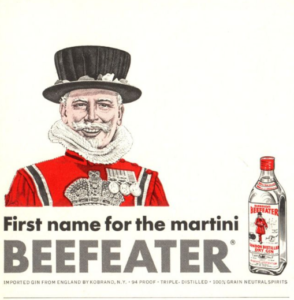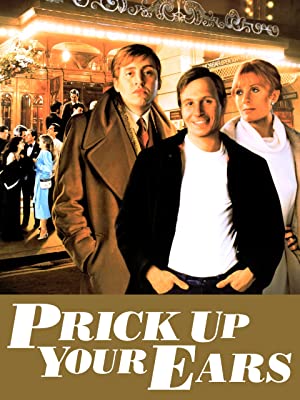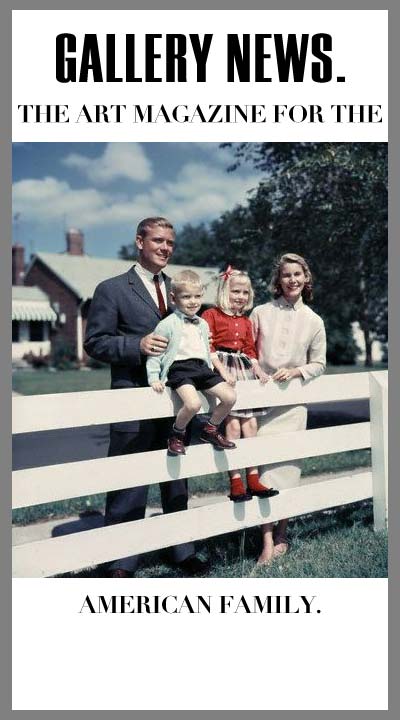 In my life I think I’ve enjoyed exactly two exhibitions at the Whitney Museum, and both were traveling shows for Grant Wood. Otherwise the Whitney was enjoyable mainly for its Permanent Collection, full of familiar figurative paintings by the likes of George Tooker and Edward Hopper and Thomas Hart Benton. Also one or two Gerald Murphy collages, which don’t seem to be on display anymore, according to the website.
In my life I think I’ve enjoyed exactly two exhibitions at the Whitney Museum, and both were traveling shows for Grant Wood. Otherwise the Whitney was enjoyable mainly for its Permanent Collection, full of familiar figurative paintings by the likes of George Tooker and Edward Hopper and Thomas Hart Benton. Also one or two Gerald Murphy collages, which don’t seem to be on display anymore, according to the website.
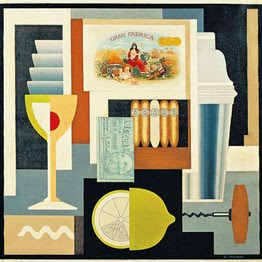 Looking through the list of Events and Exhibitions, I gather that the Whitney currently specializes in a) chaotic smudges, and b) photographs of negroes.
Looking through the list of Events and Exhibitions, I gather that the Whitney currently specializes in a) chaotic smudges, and b) photographs of negroes.
It should be recalled that the primary purpose of the Whitney was never to display or warehouse art, in the manner of the Metropolitan Museum or the Musée d’Orsay. No, the Whitney functioned primarily as a meeting point. Kids would come home from prep school or college for the holidays, and the Whitney Museum at Madison Avenue and 74th Street was a convenient, centrally located venue.
The Met wasn’t any good for that because it was too damn big. With the Whitney, you could just say, we’ll meet at the Calder Circus in the lobby at noon, and nobody got lost.
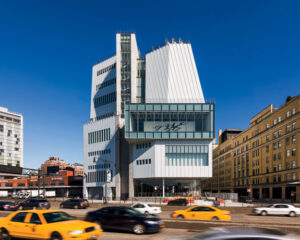 But that was then. For some reason the Whitney organization decided it had to move to a vast, brutalist-modern box in the Meat Market neighborhood. Because the Meat Market was now Artsy-hip Central, and the new Whitney would be hard by the High Line, the pedestrian promenade that used to be an elevated freight railroad.
But that was then. For some reason the Whitney organization decided it had to move to a vast, brutalist-modern box in the Meat Market neighborhood. Because the Meat Market was now Artsy-hip Central, and the new Whitney would be hard by the High Line, the pedestrian promenade that used to be an elevated freight railroad.
Perfectly understandable, but as a result the museum is no longer a meeting point. It’s a destination that’s rather difficult to get to even if you’re coming from Chelsea or the Village. (The old Whitney is now an annex of the Met.)
As a colossal mistake, the new Whitney resembles that other showy development on the West Side, the Hudson Yards. A couple of years ago we saw the opening of the world’s biggest and glitziest shopping mall (“The Shops at Hudson Yards”), 7 storeys of upscale chain stores and overpriced restaurants and gin joints. The trouble was, it was difficult to get to, mainly dependent on a new subway terminus that had just opened at 34th Street and 11th Avenue. The neighborhood was historically a dismal spread of warehouses and stables, slaughterhouses and trolley barns. Not a residential neighborhood at all. So even though the Hudson Yards developers were erecting thousands of new apartments and multi-million-dollar condos, the area wouldn’t be an established, stable residential neighborhood for another five or ten years.
And then, before the shopping mall had been open for a year, the Covid-19 lockdown began, and the public had even more reasons to stay away. Retail tenants closed and canceled leases right and left. “Eerily deserted,” said the New York Times. One doesn’t know whether to laugh or cry.
There is an upside to all this, but it’s going to be a long time coming. At the end of a era of overdevelopment and senseless expansion, the weakest members of the herd get sick and die off. Projects go bankrupt, while investors and residents refocus their attention on safe investments in tried-and-true localities. Exactly how this can benefit the Whitney is puzzle, but I wouldn’t be surprised to see the directors attempt to buy their old building back from Met, and unload their crazy Big Box on a Greater Fool. Why not The New School?

